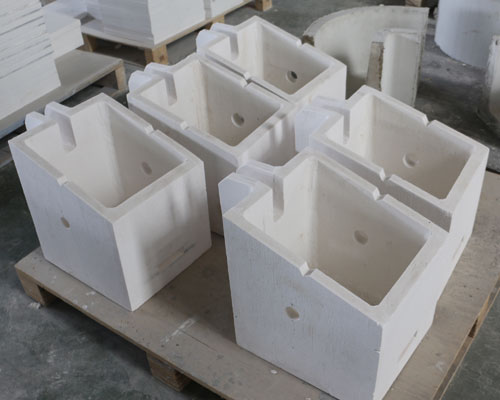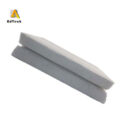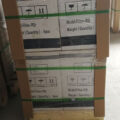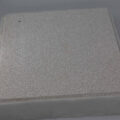Under stable conditions, when the casting-rolling temperature is constant, the headbox temperature is also constant. Because the melt temperature in the front box is easy to measure, and the temperature of the melt in the front box during normal casting and rolling is very small. It is the casting temperature. During the casting and rolling process, thermocouples are often used to monitor the melt temperature of the front box to monitor the casting temperature, so that the melt temperature in the casting-rolling zone remains stable and the solidification rate is constant during the casting-rolling process.
The casting-rolling temperature should be kept stable in the selection of the casting-rolling temperature. Full consideration must be given to the melt flow from the static furnace through theHeadbox Temperature launder and the fining device into the lambda front box, and then through the cross runner (distribution and feed nozzle to reach the casting The heat loss in the entire process of the rolling zone. Especially when designing a new casting and rolling production line, the length and temperature drop from the opening of the standing furnace to the front box should be considered, and the temperature loss of the metal during the flow into the front box should be small. In addition. , Also consider the thermal insulation performance of the launder system, climate, and the ambient temperature of the workshop.

As we all know, when the temperature of the melt in the furnace is too high or local overheating, it will not only increase energy consumption, but also make the crystal grains coarse. Practice has proved that once the temperature of the melt in the furnace is too high or partially overheated, even if the temperature is reduced to the normal temperature, the influence of the excessive temperature on the coarse grains cannot be eliminated. Therefore, controlling the melt temperature in the smelting furnace and the standing furnace also controls the headbox temperature, which is very important for stabilizing the casting-rolling process and improving the quality of the cast-rolled strip.
Too high casting and rolling temperature is also the main reason for increasing gas content and cracks. Too high casting and rolling temperature makes the strip not well formed or reduces the quality of the strip; if the casting temperature is too low, the melt will solidify in the nozzle cavity . Practice has proved that, under the premise of meeting the requirements of the casting-rolling process, the casting-rolling temperature is better, usually 685-710℃. The low casting-rolling temperature can not only refine the crystal grains of the cast-rolled strip, but also obtain a higher casting speed, thereby increasing productivity.







